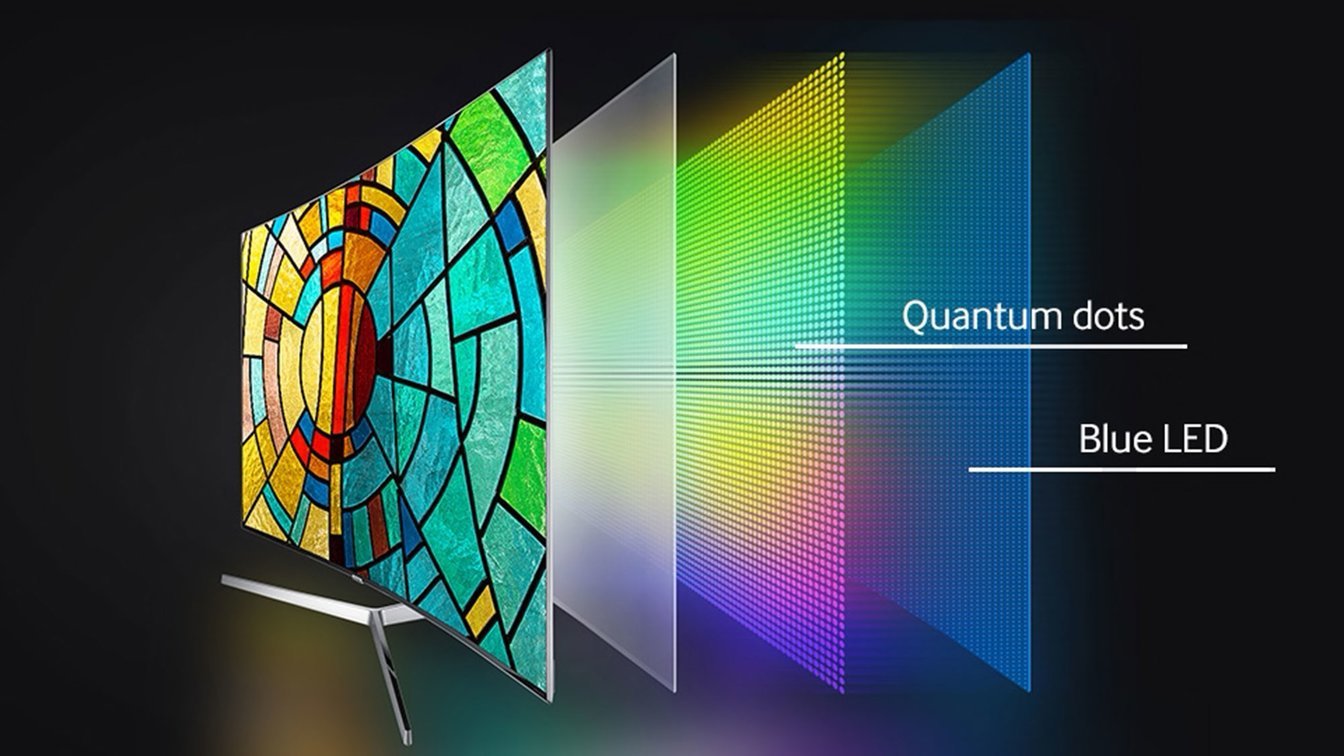Samsung Electronics is expected to kick of CES 2024 with a bang later today when it announced its flagship QD-OLED TV, as many analysts have predicted. It’s likely to be a big deal, as it’s expected to be one of the first TVs to feature the Samsung Display’s 3rd generation QD-OLED display, which is said to deliver an incredible boost in brightness and contrast.

Samsung Display is the display making subsidiary of Samsung, and it was that business unit that revealed the existence of a 3rd Gen QD-OLED panel in a recent press release. The company said the new display is capable of hitting 3,000 nits peak brightness, an impressive 1,000 nit leap over the previous generation display, which was featured in highly rated TVs such as the Samsung S95C and S90C, and the Sony A95L, last year.
What’s more, the 3,000 nit brightness is likely to far surpass that achieved by LG Electronics’ most advanced OLED TV, the LG G4 that was first announced last week.
Samsung Display has managed to keep its 3rd Gen QD-OLED panel entirely under wraps until now, and said in the release that it was able to crank up the brightness by such a huge degree thanks to “advanced panel drive technology” and the use of “artificial intelligence”. In addition, it says each RGB colour will also benefit from a “significant increase in brightness, approximately 50% more compared to last year’s version”.
The company is not talking about some concept design either, as the 3rd Gen QD-OLED display will be “showcased at CES”. That almost certainly means it will be fitted into Samsung’s successor to the S95C, and perhaps the S90C too. Samsung Electronics is yet to confirm, but it’s expected to launch new S95D and S90C models at CES later.
Assuming it does bring its 3rd Gen QD-OLED panels into this year’s lineup, it will be a huge development that promises to give Samsung a substantial edge over its rival LG. Although LG has said the new G4 OLED with Micro Lens Array technology will be “measurably better” than last year’s G3, it notably shied away from providing any specific details. As such, any increase in brightness is probably more marginal, and certainly it should be far below the 3,000 nits peak claimed by Samsung.
The launch of the new panel may also throw a spanner in the works for Sony, which recently presented a significant development of its own in the shape of an innovative new backlighting technology for its Micro-LED displays. A report from WhatHi-Fi last week speculated that Sony may even use its new backlighting technology in this year’s flagship Bravia smart TV, surpassing whatever QD-OLED model it announces. If Sony follows its usual convention, its premium OLED TV for 2024 will be the Sony A95M, and it would be a surprise if that model is not considered as its “flagship” TV this year, especially if Samsung Display’s claims are true.
In any case, Samsung’s brief announcement has certainly got people excited, and the entire industry is now eagerly awaiting the company’s forthcoming announcements at CES.
For more details on Sony's new Mini-LED backlight tech, check this out: